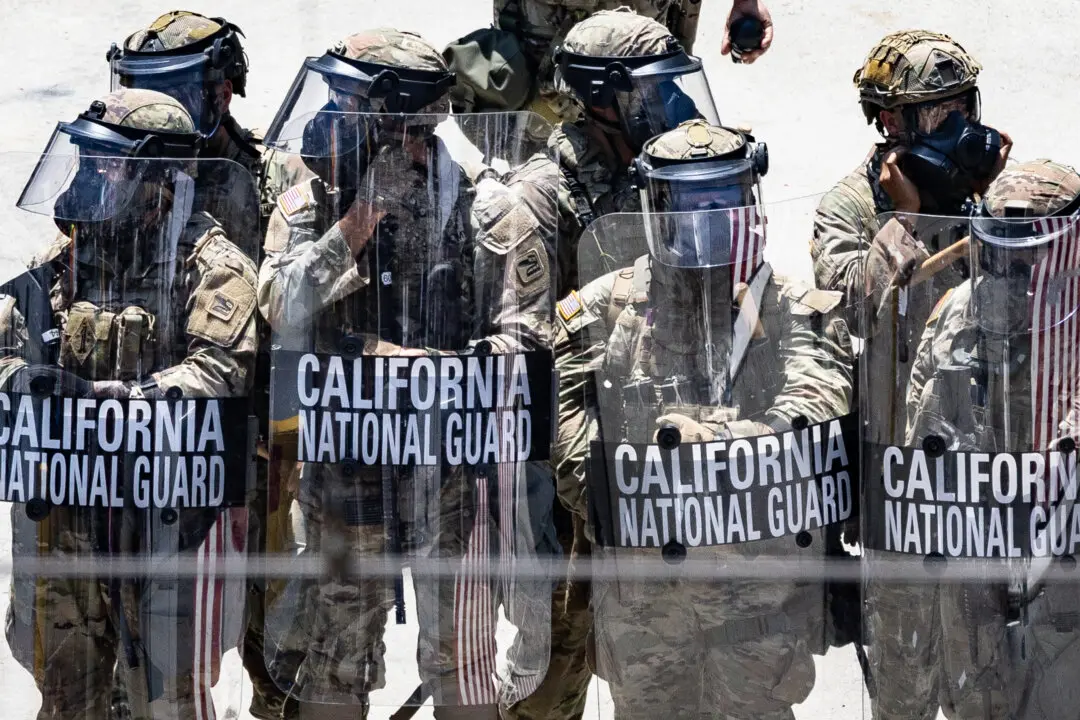The Supreme Court decided Dec. 12 to allow a lawsuit to continue against Michigan State University that claims the school violated the Title IX anti-discrimination law by mothballing its swim teams.
By refusing to take up the university’s appeal, some observers say the Supreme Court missed an opportunity to reassess how to measure compliance with the federal law that forbids sexual discrimination in education. But the lower court’s judgment is not final so the matter could come before the Supreme Court again in the future.





